Turfgrass:
Give Cool-Season Grasses a Boost
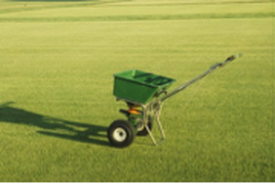
These grasses are entering their fall growth cycle as days shorten and temperatures moderate (especially at night). Cool-season grasses naturally thicken up in the fall by tillering (forming new shoots at the base of existing plants) and, for bluegrass, spreading by underground stems called rhizomes. Consequently, September is the most important time to fertilize these grasses.
Apply 1 to 1.5 pounds of actual nitrogen per 1,000 square feet. The settings recommended on lawn fertilizer bags usually result in about 1 pound of nitrogen per 1,000 square feet. We recommend a quick-release source of nitrogen at this time. Most fertilizers sold in garden centers and department stores contain either quick-release nitrogen or a mixture of quick- and slow-release. Usually only lawn fertilizers recommended for summer use contain slow-release nitrogen. Any of the others should be quick-release.
The second most important fertilization of cool-season grasses also occurs during the fall. A November fertilizer application will help the grass green up earlier next spring and provide the nutrients needed until summer. It also should be quick-release applied at the rate of 1-pound actual nitrogen per 1,000 square feet. (Ward Upham)
Vegetables:
Common Smut on Sweet Corn
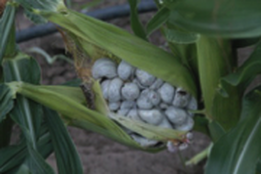
Immature smut galls are considered an edible delicacy known as cuitlacoche in Mexico. They are a high value crop for some growers in the northeast U.S. who sell them to Mexican restaurants.
There is no chemical control for this disease. Crop rotation and a balanced fertilizer program can help minimize this disease. Remove and destroy galls from infected plants before they rupture. (Ward Upham)
Flowers:
Dividing Daylilies
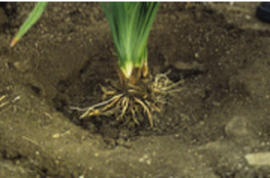
Daylilies have a very tough root system that can make them difficult to divide while in place. Dividing in place is practical if it hasn’t been long since the last division. In such cases, a spading fork can be used to peel fans from the existing clump. If the plants have been in place longer and are well grown together, it is more practical to divide them after the entire clump has been dug.
Use a spade to lift the entire clump out of the ground. Although it is possible to cut the clump apart with a sharp spade, you'll save more roots by using two spading forks back-to-back to divide the clump into sections. Each section should be about the size of a head of cauliflower. An easier method involves using a stream of water from a garden hose to wash the soil from the clump, and then rolling the clump back and forth until the individual divisions separate. Space divisions 24 to 30 inches apart, and set each at its original depth. The number of flowers will be reduced the first year after division but will return to normal until the plants need to be
divided again. (Ward Upham)
Pests:
Likely Too Late to Spray for Bagworms
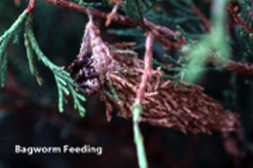
In Kansas, bagworms normally finish feeding and close their bags during mid-August. After that, insecticides are ineffective because they cannot reach the pest.
Bagworms are unusual because they use an uncommon form of reproduction called paedogenesis in which the female larva reproduces. The female larva never pupates, but produces mature sexual organs during the last larval instar. She releases a sex hormone that attracts the male who does pupate and emerges as a flying moth. The male flies to the female's bag and mates with her while she remains in the bag. After mating, the female's body fills with eggs. She will eventually die inside the bag, and her body will become a dried, mummified egg case that will protect the eggs during the winter. Each female case normally contains 300 to 1,000 eggs. Egg hatch does not occur until the next spring, usually around the end of May in Kansas.
Insecticide sprays are more likely to be effective when the bagworms are small. Even Bacillus thuringiensis (Dipel, Thuricide) can be effective on young bagworms. Another organic product, spinosad (Captain Jack’s Deadbug Brew; Fertilome Borer, Bagworm, Leafminer and Tent Caterpillar Spray; Monterey Garden Insect Spray), is very effective against both young and more mature bagworms. Other commonly used pesticides include acephate, cyfluthrin, permethrin, malathion and Sevin.
During most years, spraying about June 15 will provide good control. Don't forget that insecticides are not the only means of control. Hand picking and destroying the bags is effective any time when the bags are large enough to be picked. (Ward Upham)
Mycosphaerella Leaf Spot on Ash
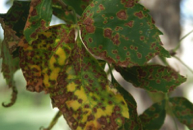
Mycosphaerella leaf spot causes small, brown spots that enlarge to become blotches and may result in early leaf drop. Defoliation this late in the growing season will not hurt the health of the tree. Therefore, because this disease appears sporadically and tree health is not harmed, we do not recommend treatment. Furthermore, treatment would have to be preventative and applied before the disease had infected the leaves. Applying a fungicide now would have no effect. (Ward Upham)
Miscellaneous:
Are Crabapples Safe to Eat?
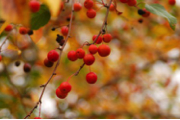
So, did people ever plant crabapples from seed? Of course they did. Just think of Johnny Appleseed. But those apples were normally used for jelly, applesauce, and cider and not for fresh eating.
There is one other caveat with using crabapples from a tree in the landscape. Make sure the tree hasn't been sprayed as an ornamental with a pesticide that isn't labeled for fruit tree apples. If it has, then the fruit should not be used. (Ward Upham)
Contributors: Ward Upham, Extension Associate
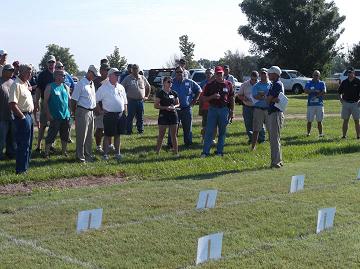
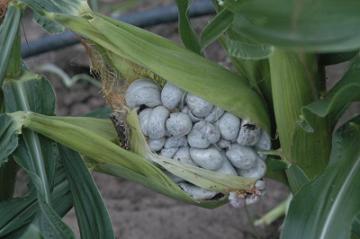
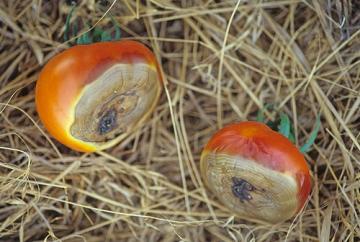
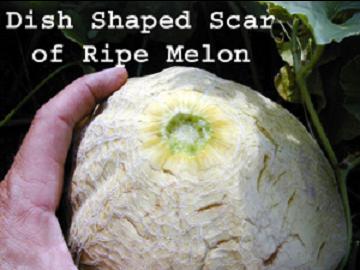
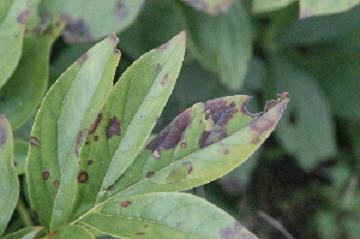
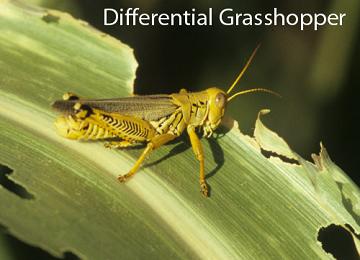

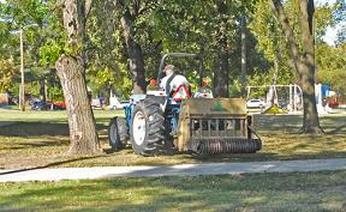
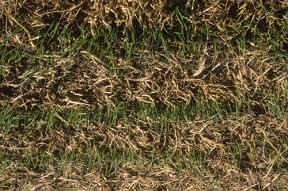
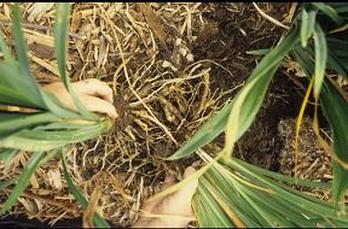
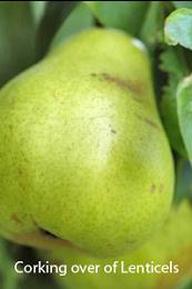
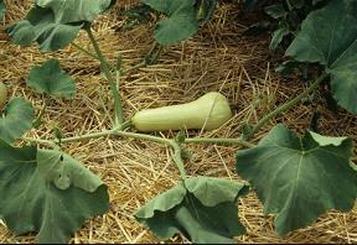
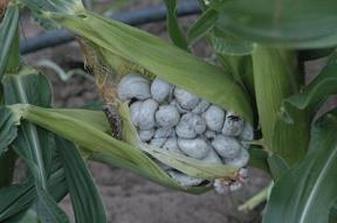
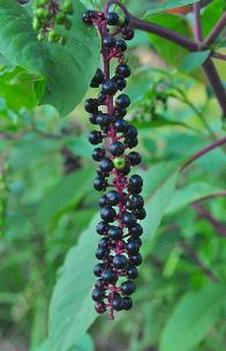
 RSS Feed
RSS Feed
